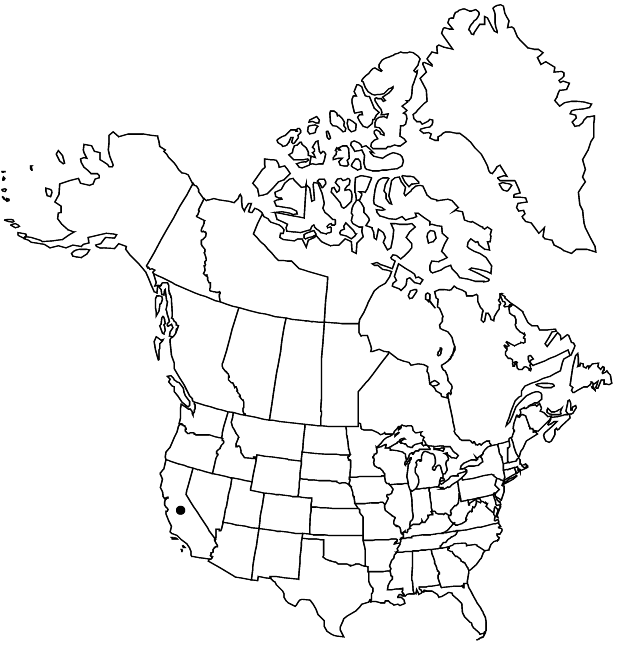Arctostaphylos glutinosa
Amer. Midl. Naturalist 23: 620, plate 1, fig. 2. 1940 ,.
Shrubs, erect, 1–2 m; burl absent; twigs sparsely to densely soft-hairy with some glandular hairs. Leaves: petiole to 4 mm; blade glaucous, dull, oblong to oblong-ovate, 2–5 × 1–3 cm, base distinctly lobed, auriculate-clasping, margins entire, plane, surfaces smooth, gray-canescent, glabrescent. Inflorescences panicles, 2–4-branched; immature inflorescence pendent, branches spreading, curved, (obscured by bracts), axis 1.5–2.5 cm, 1+ mm diam., sparsely to densely soft-hairy with glandular hairs; bracts not appressed, leaflike, oblong-lanceolate, 5–15 mm, apex acute, surfaces canescent. Pedicels 5–8 mm, finely glandular-hairy. Flowers: corolla white, urceolate; ovary densely long white-hairy, hairs often gland-tipped. Fruits depressed-globose, 7–14 mm diam., glandular-hairy, (viscid). Stones distinct. 2n = 26.
Phenology: Flowering winter–early spring.
Habitat: Chaparral, closed-cone conifer forests
Elevation: 500- 700 m
Discussion
Of conservation concern.
Arctostaphylos glutinosa is found in chaparral and knobcone pine woodlands on Monterey Shale barrens near the Pacific Coast in a limited area of the central Santa Cruz Mountains on northern Ben Lomond Mountain in Santa Cruz County.
Selected References
None.
